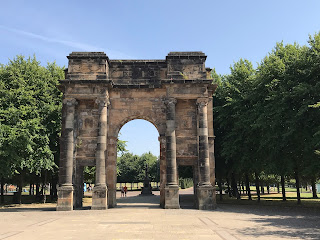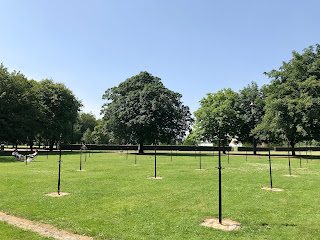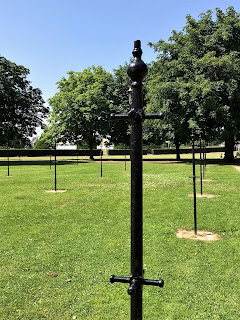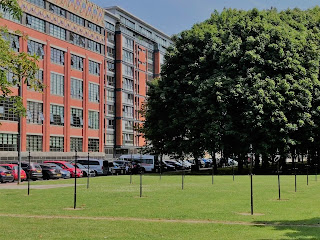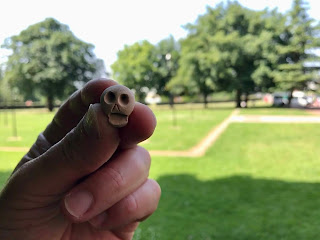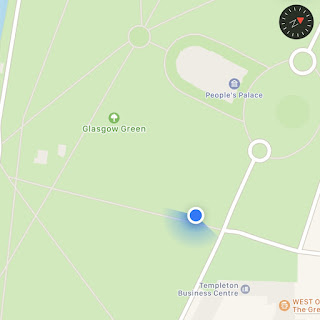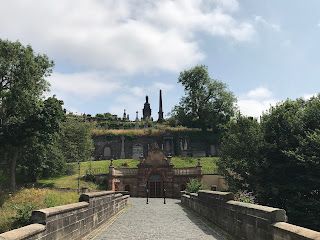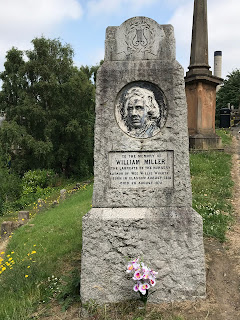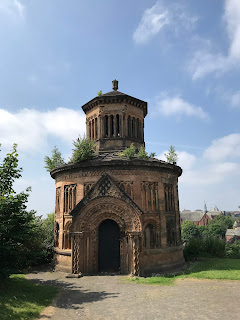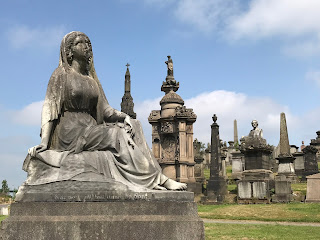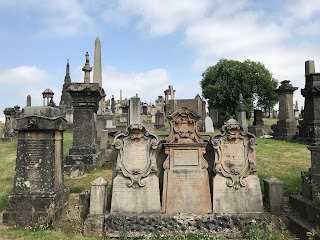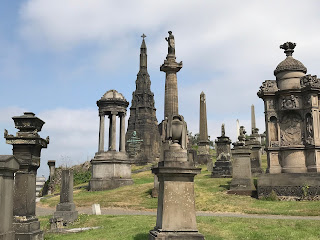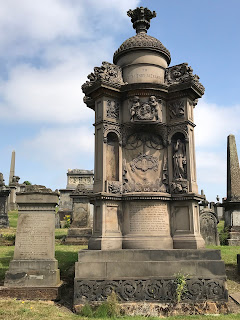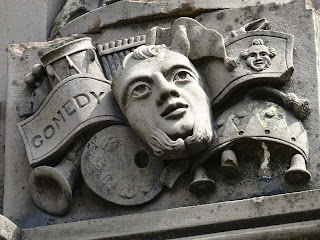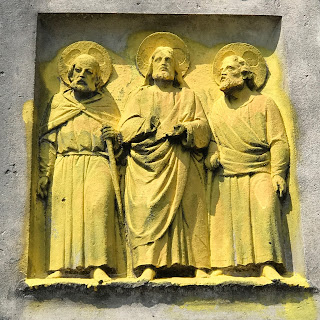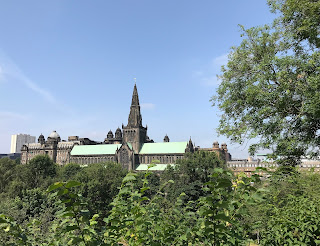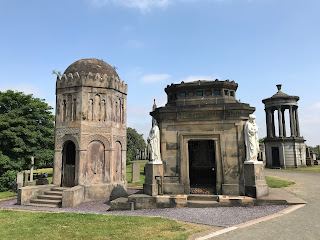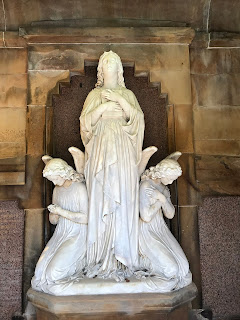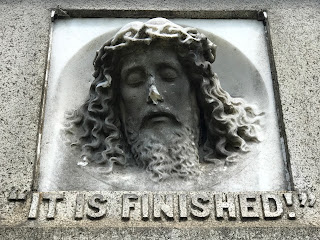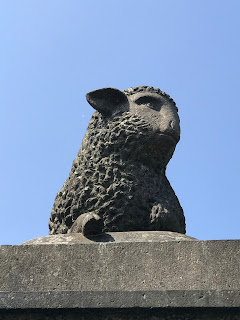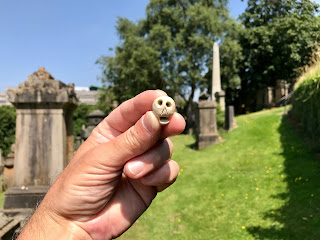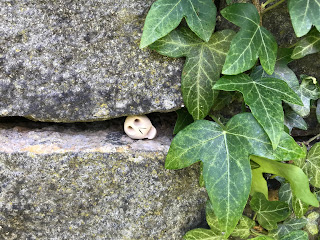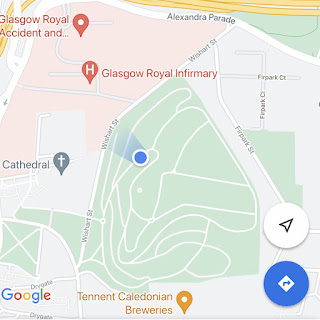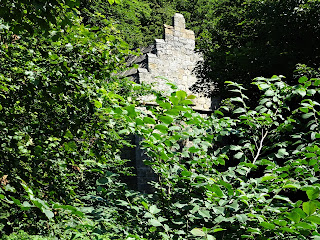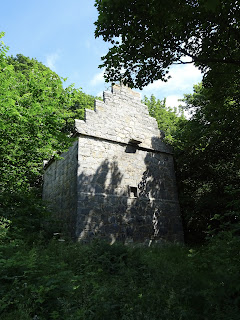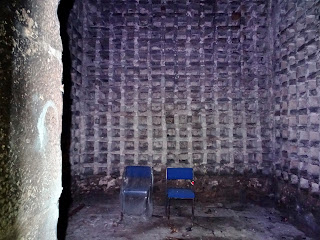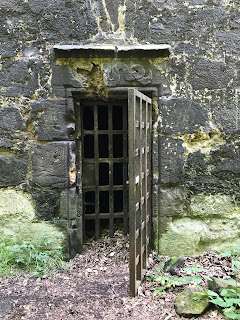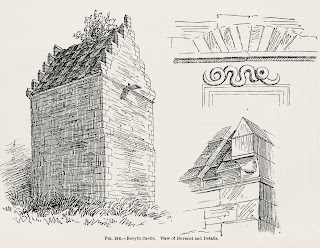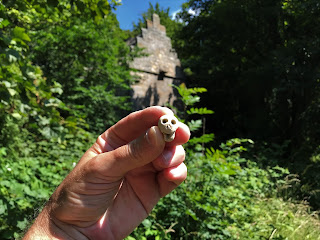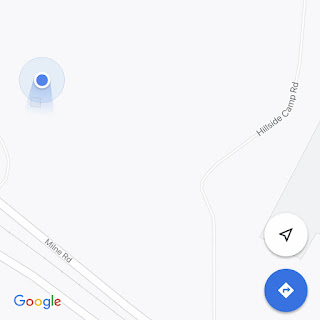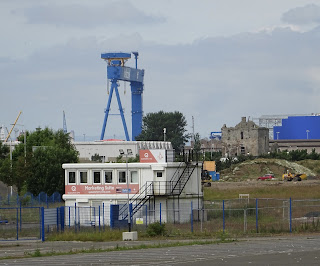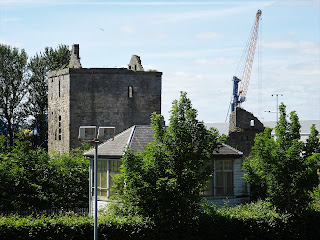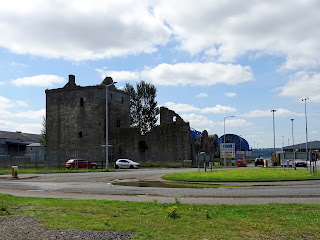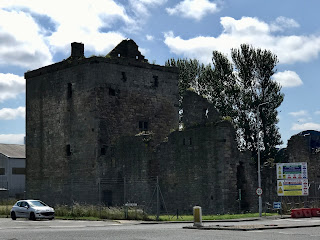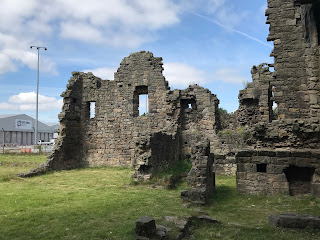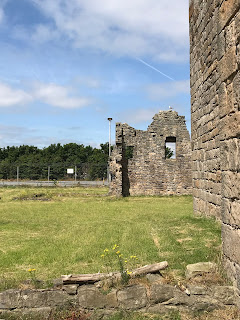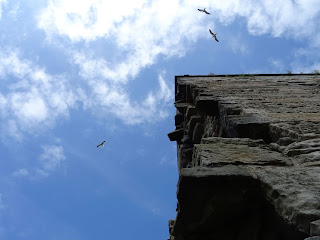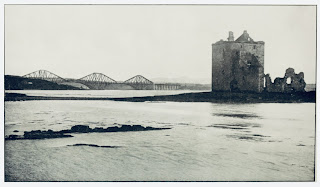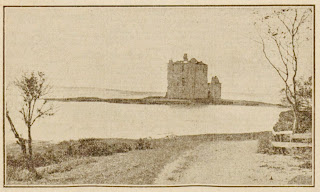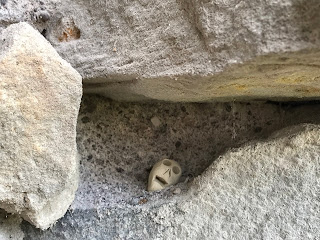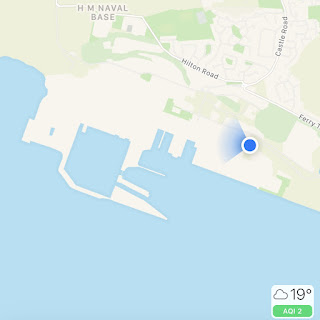As
part of a job I once had, I was required every so often to work in a building
very close to Glasgow Green. At
lunchtimes, or anytime I could sneak off, I would go for a wander around the
Green, often in the drizzle or rain when I would seem to have the whole park to
myself.
Today,
I walked through the park in bright sunshine and through crowds of sunbathers to
an area, opposite the building that use to house Templeton’s Carpet Factory. I had always assumed that the 36 cast iron
clothes poles here were an artwork, a sculpture that was a social commentary on
the lives of the women of Glasgow, but in actual fact they are real clothes
poles and used to be hung with washing lines.
The area in which they stand is known as the Drying Green, which was, as
the name suggests, where laundry could be hung out to dry.
Glasgow
Green itself was gifted to the people of Glasgow by Bishop William Turnbull in the
1450s and one of the many ways it was used by the locals was to wash their
clothing in the Clyde and then hang it out to dry on the Green.
The
Drying Green I visited today was in use up until 1977. There were several wash houses, or steamies,
nearby in which the women of Glasgow could wash their laundry before hanging it
out to dry. The people of Glasgow still retain
the right to dry their laundry here.
In
2016 the clothes poles did become an artwork when the artist Penny Anderson incorporated
them into her installation ‘Words of Washerwoman’. The work consisted of 28 white muslin sheets
hanging on newly strung washing lines.
Each of the sheets had imagined and real testimonies from witnesses to
happenings on the Green through the many years in which the women of Glasgow
used the area to wash and dry their laundry.
I
left the Skulferatu that accompanied me on today’s walk in the cracked bark of
a tree standing next to the Drying Green.
The
coordinates for the location of the Skulferatu are –
Latitude 55.850467
Longitude
-4.235520
I used the following sources for information on the Drying Green –
Glasgow Green Heritage Trail
Glasgow City Council
PDF file available from –
Glasgow
City Council - (glasgow.gov.uk)
The Peoples History of Glasgow
By John K McDowall
1899
The Herald – 27 August 2016
Washing Line Art on Glasgow
Green
By Jan Patience
